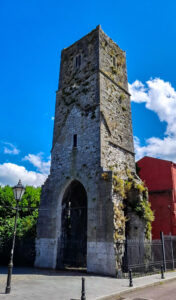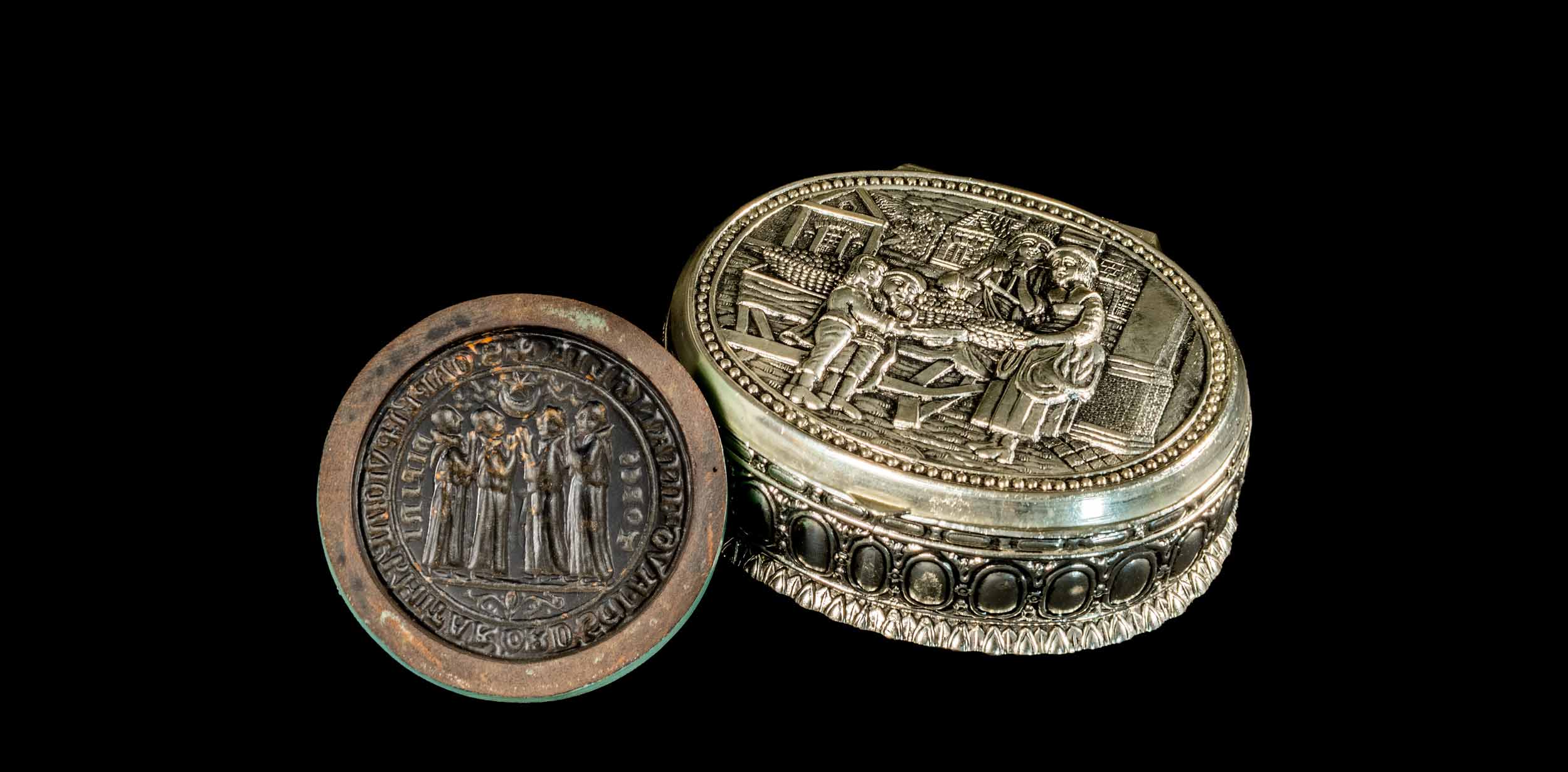History of the Augustinians in Cork
Cork City, with its name derived from the Gaelic "Corcach" (marsh), possesses a rich and remarkable history. On its journey south-eastwards, the River Lee divides and meets again to form an elongated island that became flooded at high tide in previous centuries. It is here in this marshland that Cork city grew from the small beginnings of a monastery and church founded by St. Finbarr.
We Augustinians, owe our origins to Saint Augustine of Hippo (354-430 AD), who inspired men and women to live in religious communities. By the 13th century, many different Augustinian communities existed, and in 1256 Pope Alexander IV created the Grand Union of all existing Augustinian Congregations to form what we know today as the Order of St. Augustine.
The Order of St. Augustine came to Cork sometime between 1270 and 1300. As the Augustinian historian, Fr. Thomas C. Butler OSA writes: "If we take 1272 as a date of petition for approval to open a foundation in Cork, it would have taken some years for the planning and building so we can safely assume that the latter took place between 1275 and 1285.

The Priory was dedicated to the Most Holy Trinity but was recorded on ancient maps as St. Austin's 1545 and St. Augustine's 1610. Later, it became known as the "Red Abbey" because of the red sandstone used in the church. The Towers were added after the middle of the 14th century.
The Red Abbey was raided in 1630, but the friars, forewarned, had fled. This was a short-lived closure, and the friars were back again, until 1644 when all priests and friars were expelled from the city, and the Red Abbey was taken over by the protestant Dean of Cork, Richard Boyle.
Lady Fanshawe leased the Red Abbey but had to leave when Cromwell came in 1649 and stabled his horses in the building.
Returns on the State of Poperty for 1766 give "a friary - Augustinian - in Fishamble Lane. It was located where a side entrance leads into the Franciscan church. Formerly Mill St, the church site, is shown on De Rocque's map of 1759.
In 1776 the friars were living in an old tottering house, with an old tottering chapel nearby. They started to look for a suitable site and ran into difficulty with the bishop of Cork. The friary in Fishamble Lane was in the parish of St. Finbar's, and the new site was in SS Peter and Paul's.
In 1778 the Augustinians chose a site on Brunswick St, at the time within the South Parish. Again the Bishop objected, but the Augustinians decided to go ahead with a chapel and dwelling in Brunswick St. now known as St. Augustine's Lane. The Bishop suspended the community, but the case was taken to Rome. A decision was given favouring the friars, with a command to the bishop to bless and open the church when completed. The first stone was laid on November 27th 1780. The Bishop complied with the mandate from the Holy See, and blessed the new church on June 4th 1781, and he restored the Prior and community to the jurisdiction of the diocese.
The church was extended in 1872 and the Priory built on Washington St, known then as Great George St. The present church structure was built in 1942 and furthered extended in 1972. The Priory was rebuilt in 1982.
Our Founder
Augustine was born in Tagaste, North Africa, in the year 354. His mother Monica was a devote Christian and ensured Augustine received a Christian education. But Augustine in early adulthood left the faith, before returning to it many years and after many adventures. At one time he was even a member of a religious sect called the Manicheanism. However, after travelling to Italy he was drawn back to the faith by the preaching of St. Ambrose, then bishop of Milan, and at the age of 33, Augustine converted back to Christianity.
St. Augustine’s education in philosophy served him well as a priest and bishop (of Hippo, in North Africa) and he remains one of the most prolific writers of the Catholic Church. His works include sermons (of which more than 400 survive), refutations of heresies, his Confessions and theological masterpieces such as the City of God, On the Holy Trinity, and The Enchiridion. Although the Order of St. Augustine was not founded until 1244, he also wrote a rule prescribing a way of life for men and women who desire to live in a religious community. This guide is now known as the Rule of St. Augustine. St. Augustine died in 430 in Hippo but his influence and life still live on in our communities today.
Augustinian Life
Explore a Vocation
Contact:
St. Augustine's Church
Washington St.
Cork
T12 DT68
email: augustiniancork@gmail.com
Tel: +353 (021) 4270410
Tel: +353 (021) 4275398

